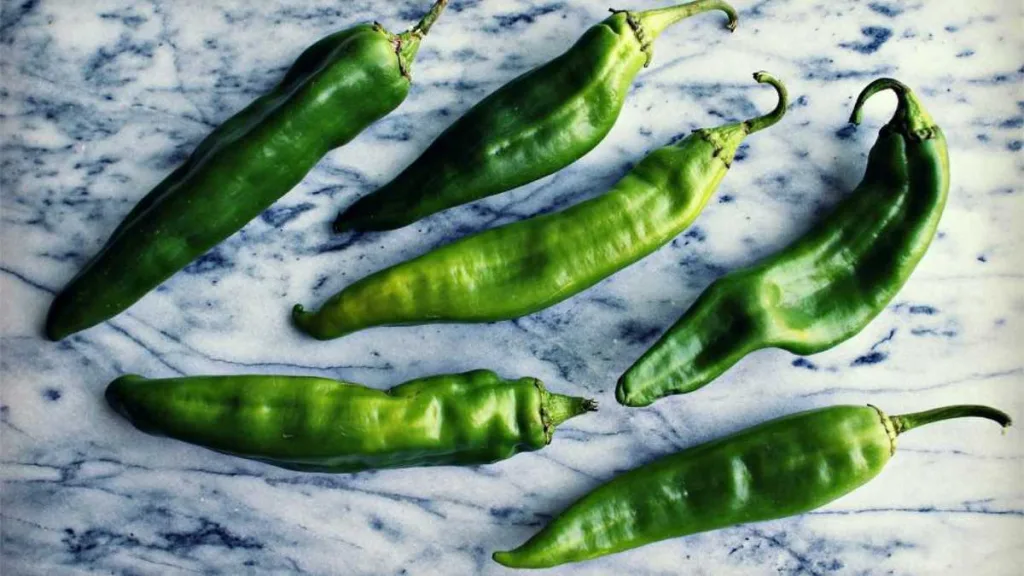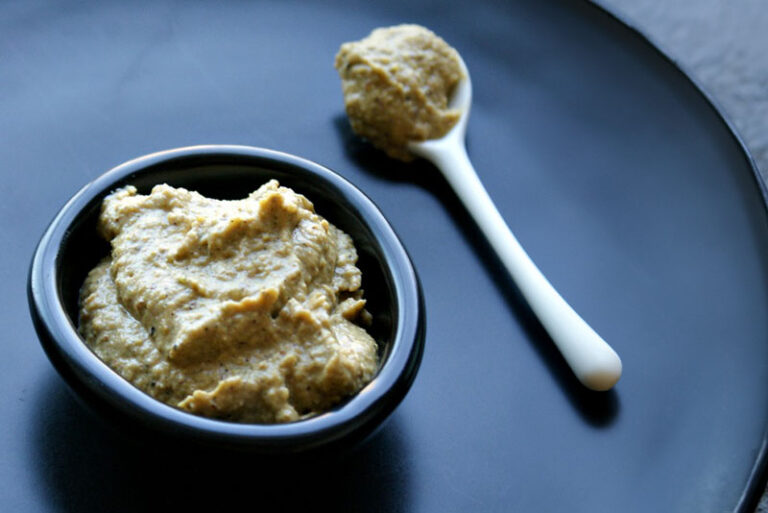
Smart, focused content strategy helped transform the Hatch chile from a beloved regional favorite into a national obsession.
Recently, while trolling the cheese counter at Whole Foods, I spied a display of Cheddar cheese flecked with Hatch chiles.
“Must have ….” I thought. Kinda like Homer Simpson murmuring, “Donut …”
Of course, I bought some.
Then I realized my Pavlovian response was the result of ace content marketing.
If you don’t happen to live in the Southwest and you’ve had a yen for Hatch chiles lately, you probably have Melissa’s Produce to thank for it.
Over the past decade, the company has promoted the green chile from a regional specialty to a national obsession with annual chile roastings across the country.
And they used content to help make that happen. Here’s how:
Start with a great story
The Hatch chile hails from the dinky town of Hatch, N.M., and lends New Mexican cuisine its distinctive flair. It grows to about 6 inches and looks just like its descendent, the California Anaheim, but it boasts more complex flavor and heat.
The Hatch has a fleeting, end-of-summer season. It’s kind of like the Beaujolais Nouveau of chiles — if you don’t stock up now, you’ll have to wait until next year’s harvest. So for years, all over New Mexico and the Southwest, people would buy 10, 20, 30 pounds or more and have them roasted to freeze and use throughout the year.
Joe Hernandez, owner and president of Melissa’s, was one of those folks in the know: He grew up in El Paso, Texas, where Hatch chile season was always a big deal.
The chile’s limited availability enhances its mystique — and offers a story that’s worth telling every year.
What Is Recipe Development? Here’s What a Recipe Developer Does >>
Invest resources
Educating consumers about the Hatch was a key part of Melissa’s strategy. The company put a ton of information on their website, then took to new content platforms as they became available — their push started way back in 2002, long before there was such a thing as social media. Last year, they self-published Melissa’s Hatch Chile Cookbook, with ideas for using the chiles in everything from Bloody Marys to brownies.
They also engage lots of brand ambassadors, from food bloggers to celebrity chefs. This season, Chef Jet Tila stars in a YouTube video that fuses the Hatch with another food obsession: Sriracha hot sauce.
And they’ve steadily extended the product line beyond fresh chiles to include dried chiles, Hatch chile powder, salsa and more. Those kinds of product extensions help keep the story fresh.
Give it time
Hatch chiles weren’t an overnight sensation — Melissa’s first started distributing them outside the Southwest in 2002. They began doing roastings seven years ago, starting in Southern California. Now they’ve teamed up with chains like Bristol Farms, Wegmans and Kroger to host roastings are all over the country.
“It’s the Hatch roastings that really fuse all the marketing of the fresh Hatch season outside the Southwest,” says Robert Schueller, director of public relations at Melissa’s. “We’re getting people who have always been afraid of chiles to eat them for the first time (this is the only chile you can get in mild, medium, hot and extra-hot).
“We get a ton of emails and calls every June and July about our roasts that we conduct nationally in August and September. It’s very much a unique thing that happens in front of the stores every season now.”
And smart content helps whet that appetite.
Dark Chocolate-Ancho Chile Cake >>

Hatch Chile Romesco Sauce
Equipment
- 1 baking sheet
- 1 food processor (or blender)
Ingredients
- 6 Hatch chiles
- 2 medium tomatoes
- 1 medium onion, cut into ½-inch slices
- ½ cup whole wheat bread cubes, toasted
- 3 cloves garlic
- ¼ cup extra-virgin olive oil
- 2 tablespoons sherry vinegar (or red wine vinegar)
- ¼ teaspoon kosher salt
Instructions
- Move the oven rack to the top position and preheat the broiler.
- Arrange the chiles, tomatoes and onion in a single layer on a baking sheet lined with foil. Broil 15 minutes or until blackened, turning halfway through cooking time.
- Transfer the chiles and tomatoes to a large bowl, cover with a plate, and let stand 15 minutes or until cool enough to handle. Peel and seed the chiles and tomatoes.
- Combine the chiles, tomatoes, onion, and garlic in a food processor and process until chopped. Add the bread and nuts and process until chopped. Add the oil, vinegar, and salt and process until smooth. Transfer to a clean jar and refrigerate for up to 5 days or freeze for up to 2 months. (Makes about 2 cups.)
